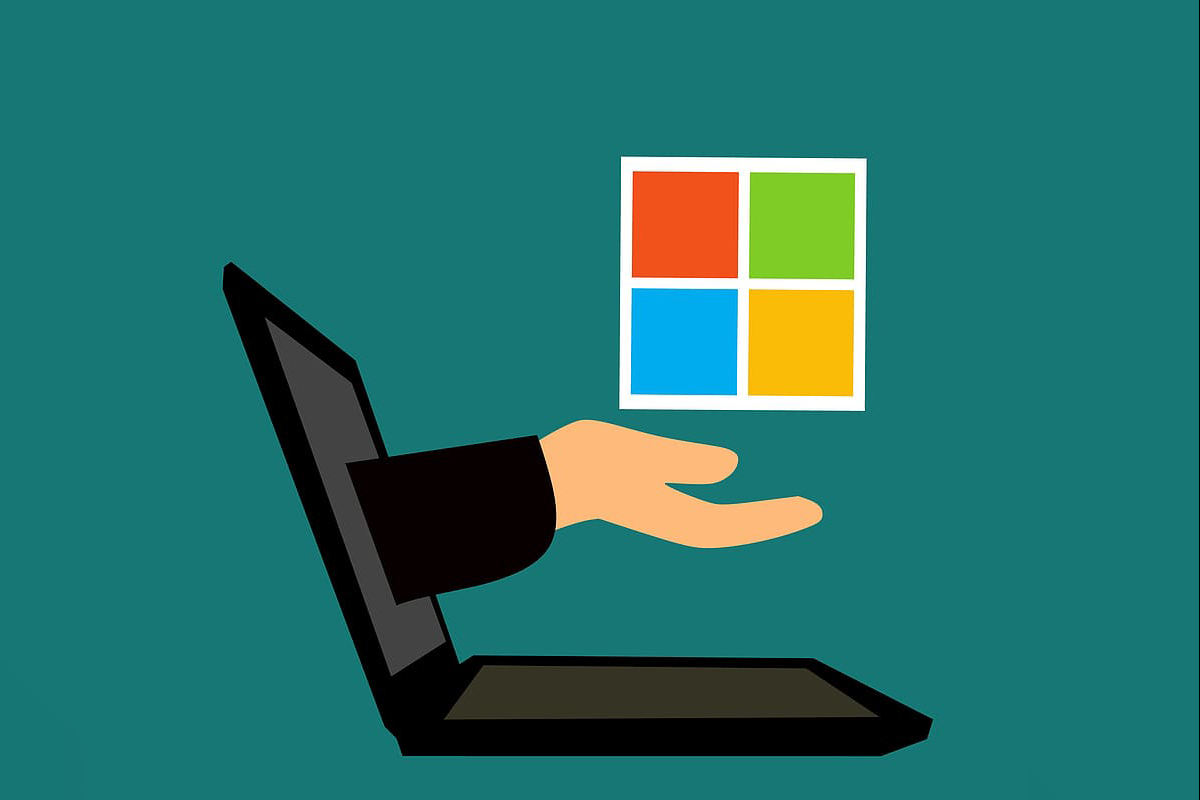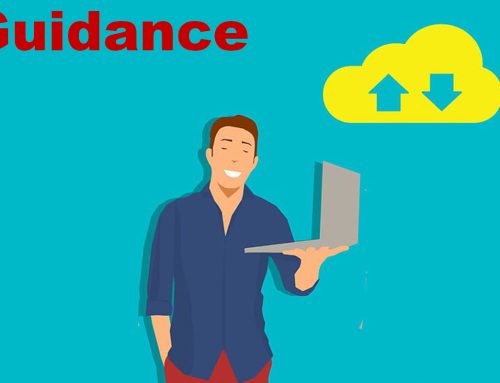Patches Issued for Microsoft Products
Microsoft
September 10, 2024
Multiple vulnerabilities have been discovered in Microsoft products, the most severe of which could allow for remote code execution in the context of the logged on user. Depending on the privileges associated with the user, an attacker could then install programs; view, change, or delete data; or create new accounts with full user rights. Users whose accounts are configured to have fewer user rights on the system could be less impacted than those who operate with administrative user rights.
THREAT INTELLIGENCE:
There are currently no reports of these vulnerabilities being exploited in the wild.
SYSTEMS AFFECTED:
- SQL Server
- Windows Security Zone Mapping
- Windows Installer
- Microsoft Office SharePoint
- Windows TCP/IP
- Windows PowerShell
- Windows Network Address Translation (NAT)
- Azure Network Watcher
- Azure Web Apps
- Azure Stack
- Windows Mark of the Web (MOTW)
- Dynamics Business Central
- Microsoft Office Publisher
- Windows Standards-Based Storage Management Service
- Windows Remote Desktop Licensing Service
- Windows Network Virtualization
- Role: Windows Hyper-V
- Windows DHCP Server
- Microsoft Streaming Service
- Windows Kerberos
- Windows Remote Access Connection Manager
- Windows Win32K – GRFX
- Microsoft Graphics Component
- Windows Storage
- Windows Win32K – ICOMP
- Windows Authentication Methods
- Windows Kernel-Mode Drivers
- Windows AllJoyn API
- Microsoft Management Console
- Windows Setup and Deployment
- Windows MSHTML Platform
- Microsoft Office Visio
- Microsoft Office Excel
- Azure CycleCloud
- Windows Admin Center
- Microsoft Dynamics 365 (on-premises)
- Power Automate
- Microsoft Outlook for iOS
- Windows Update
- Microsoft AutoUpdate (MAU)
RISK:
Government:
Large and medium government entities: High
Small government entities: Medium
Businesses:
Large and medium business entities: High
Small business entities: Medium
Home users: Low
RECOMMENDATIONS:
We recommend the following actions be taken:
- Apply appropriate patches or appropriate mitigations provided by Microsoft to vulnerable systems immediately after appropriate testing. (M1051: Update Software)
- Safeguard 7.1: Establish and Maintain a Vulnerability Management Process: Establish and maintain a documented vulnerability management process for enterprise assets. Review and update documentation annually, or when significant enterprise changes occur that could impact this Safeguard.
- Safeguard 7.4: Perform Automated Application Patch Management: Perform application updates on enterprise assets through
automated patch management on a monthly, or more frequent, basis.
- Apply the Principle of Least Privilege to all systems and services, and run all software as a non-privileged user (one without administrative rights) to diminish the effects of a successful attack. (M1026: Privileged Account Management)
- Safeguard 4.7: Manage Default Accounts on Enterprise Assets and Software: Manage default accounts on enterprise assets and software, such as root, administrator, and other pre-configured vendor accounts. Example implementations can include: disabling default accounts or making them unusable.
- Safeguard 5.4: Restrict Administrator Privileges to Dedicated Administrator Accounts: Restrict administrator privileges to dedicated administrator accounts on enterprise assets. Conduct general computing activities, such as internet browsing, email, and productivity suite use, from the user’s primary, non-privileged account.
- Remind all users not to visit untrusted websites or follow links/open files provided by unknown or untrusted sources. (M1017: User Training)
- Safeguard 14.1: Establish and Maintain a Security Awareness Program: Establish and maintain a security awareness program. The purpose of a security awareness program is to educate the enterprise’s workforce on how to interact with enterprise assets and data in a secure manner. Conduct training at hire and, at a minimum, annually. Review and update content annually, or when significant enterprise changes occur that could impact this Safeguard.
- Safeguard 14.2: Train Workforce Members to Recognize Social Engineering Attacks: Train workforce members to recognize social engineering attacks, such as phishing, pre-texting, and tailgating.
- Use capabilities to prevent suspicious behavior patterns from occurring on endpoint systems. This could include suspicious process, file, API call, etc. behavior. (M1040 : Behavior Prevention on Endpoint)
- Safeguard 13.2 : Deploy a Host-Based Intrusion Detection Solution: Deploy a host-based intrusion detection solution on enterprise assets, where appropriate and/or supported.
- Safeguard 13.7 : Deploy a Host-Based Intrusion Prevention Solution: Deploy a host-based intrusion prevention solution on enterprise assets, where appropriate and/or supported. Example implementations include use of an Endpoint Detection and Response (EDR) client or host-based IPS agent.
REFERENCES:
Microsoft:
https://msrc.microsoft.com/update-guide/
https://msrc.microsoft.com/update-guide/releaseNote/2024-Sep





